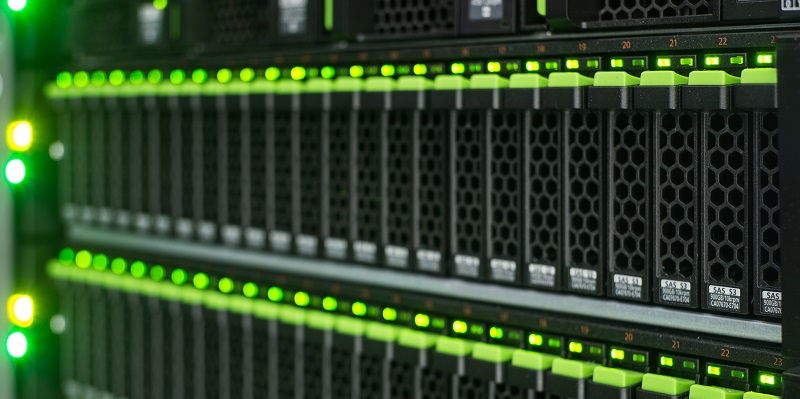Scientific institution CERN has reached a significant milestone in data storage capacity, now boasting over one million terabytes of disk space at its data centers. This achievement not only showcases the tremendous growth of data in scientific research but also highlights CERN’s commitment to advancing data-handling capabilities.
CERN’s Data Storage Setup
To accommodate this vast amount of data, CERN has split the exabyte of storage across 111,000 devices, primarily utilizing hard disks alongside an increasing percentage of flash drives. Rather than relying on specialized or expensive storage solutions, CERN uses commodity devices, which not only provide cost-effective options but also reduce the impact of potential component failures. This approach ensures a reliable and efficient data storage infrastructure.
CERN’s Software Solution: EOS
Managing such an enormous volume of data requires a robust and efficient software solution. CERN achieves this through its open-source software solution called EOS. This software orchestrates the vast array of disks, optimizing performance and data accessibility. EOS ensures the seamless functioning and organization of CERN’s data storage system, contributing to the overall efficiency of data handling.
Storage of Physics Data from the LHC
At the heart of CERN’s data storage infrastructure is the storage of physics data from the Large Hadron Collider (LHC), the world’s largest and highest-energy particle collider. The LHC generates an enormous amount of data as it explores the fundamental properties of matter and the universe. CERN’s data storage system plays a critical role in preserving this wealth of information, enabling researchers worldwide to analyze and study the results obtained from the LHC experiments.
Achieving Performance Milestones
CERN’s achievement goes beyond the sheer capacity of its storage. It marks a significant milestone in data-handling capabilities, with the combined data store’s reading rate crossing the one terabyte per second (1TBps) threshold for the first time. This exceptional performance achievement demonstrates CERN’s commitment to advancing not only data storage capacity but also the efficiency and speed at which data can be accessed and analyzed.
Impact on Future LHC Runs
By achieving such high performance and capacity in its data storage system, CERN sets new standards for high-performance storage systems in scientific research. These capabilities will have a profound impact on future LHC runs, enabling researchers to store and process increasingly vast amounts of data efficiently. The advancements in data storage capacity and speed will significantly contribute to accelerating scientific discoveries and enhancing understanding of the fundamental building blocks of our universe.
CERN’s Data Centers
CERN operates two data centers to support its data storage needs. The first is located on its campus in Geneva, Switzerland, and the second is in Budapest, Hungary. These data centers are connected through a high-speed network with minimal latency, ensuring seamless data transfer between the facilities. This robust infrastructure empowers CERN to efficiently store, manage, and analyze data generated by the LHC across its multiple locations.
CERN’s achievement in surpassing one million terabytes of data storage capacity is a testament to its unwavering dedication to scientific research. The combination of their efficient data storage setup, utilizing commodity devices and open-source software, along with the outstanding performance achieved, cements CERN’s position at the forefront of high-performance storage systems in scientific research. This milestone sets new standards for data-handling capabilities, benefiting not only ongoing and future LHC runs but also inspiring advancements in scientific research worldwide. With CERN’s ever-expanding data storage infrastructure, scientists are empowered to unlock the secrets of the universe, furthering our understanding of the mysteries that surround us.

